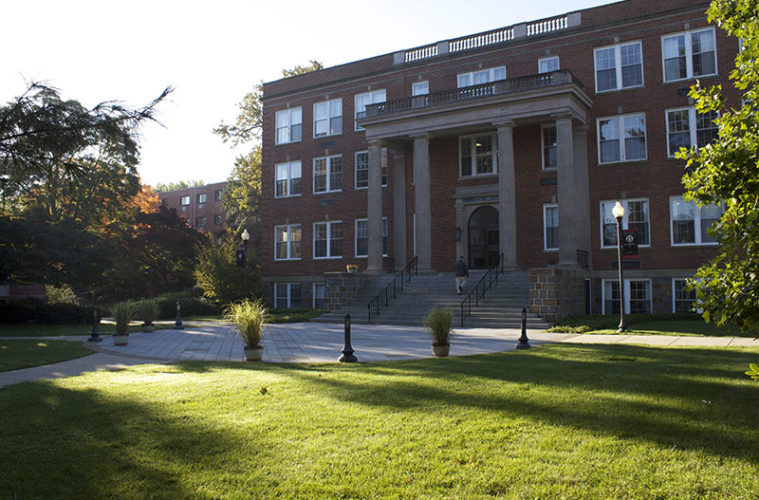In these volatile times, with Hawaii cowering from a non-existent inbound missile and the Doomsday clock hovering at two minutes, preparedness is essential. Students at Eastern Nazarene are largely in the dark regarding our nuclear policy. Luckily for us, John Gelormini, Director of Safety and Security, is well-versed in emergency protocol.
While there are a slew of emergencies that are more probable than nuclear war, Gelormini meets with a board called Threat Assessment once a month to discuss plans in case something were to happen. Under FEMA, or the Federal Emergency Management Agency, we have a tiered emergency response system including the Massachusetts Emergency Management Agency (MEMA), under which is the Quincy Emergency System, which adheres to the Comprehensive Emergency Management Plan as indicated on their website. FEMA’s bunker is in the western part of the state, while MEMA’s is in the police headquarters in Framingham.
Some of the topics heavily discussed at these Threat Assessment meetings include flood risks, hurricanes, and snowstorms, which may sound familiar to students. They also cover plane crashes, contagion outbreaks, and nuclear attacks. Overall, there are about twelve to thirteen categories of emergencies. The most important takeaway is that Eastern is prepared for a nuclear strike, should one happen.
If any attack were to happen in Boston, Eastern Nazarene is too close to have any sort of reaction time. Should students not have time to make it to a bunker, “anywhere helps,” Gelormini stated, indicating basements, or shelter in general. Relying on simply shedding your clothes to rid yourself of radiation after being caught outside should be a last resort, he also noted. However, when it comes to advising people to stay in one location, “Some people want to go home and be with their family” he said. “You can’t legally stop someone from leaving.”
While a nuclear attack on Boston would not leave students with much time, in the event of an attack on New York City or another large city, students should head to the closest FEMA-designated bunker, which would be North Quincy High School. Fallout dissipates quickly, but students should expect to stay there for at least two weeks. Eastern Nazarene itself does not have emergency sirens, but the City of Quincy does. As for supplies, the emergency management agencies will provide supplies as soon as it is safe.
In the event of a nuclear threat, students at ENC also should not worry about being unaware. Gelormini remains updated through emails about everything, from fog emergencies to storm warnings. He forwards them to the safety committee, which consists of several different departments on campus, and occasionally the emails are then forwarded to the entire campus. Couple this fact with Quincy’s emergency sirens, smartphone emergency alerts, and word of mouth, and students will be informed.
It is a scary, trying time we live in, and it does not hurt to be sure that we have a plan in place here at Eastern should the unthinkable occur.

